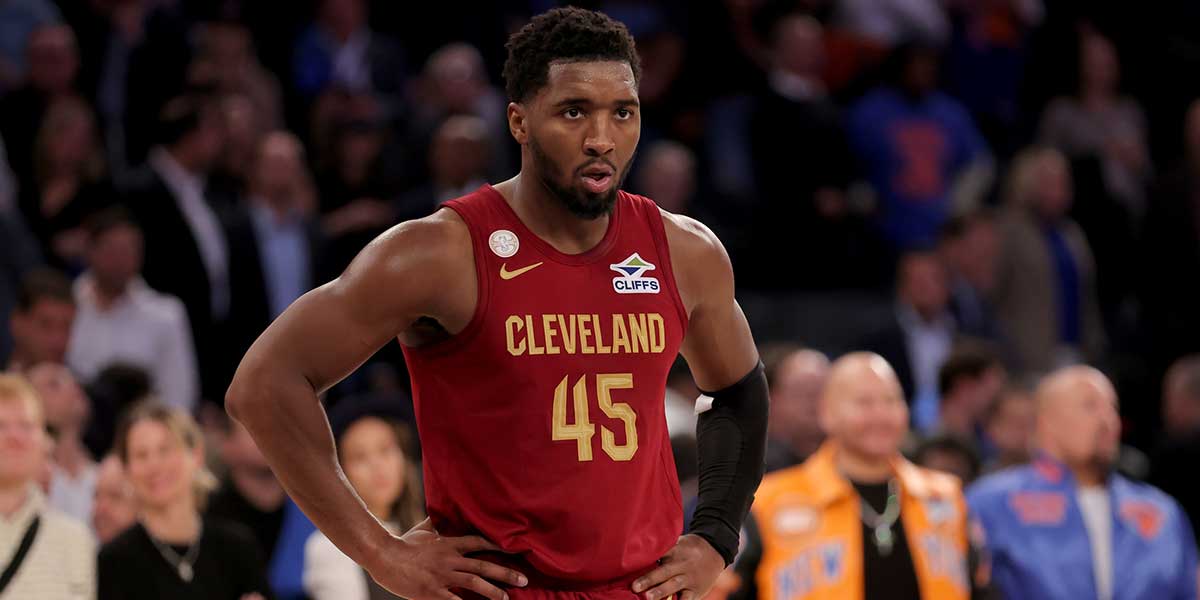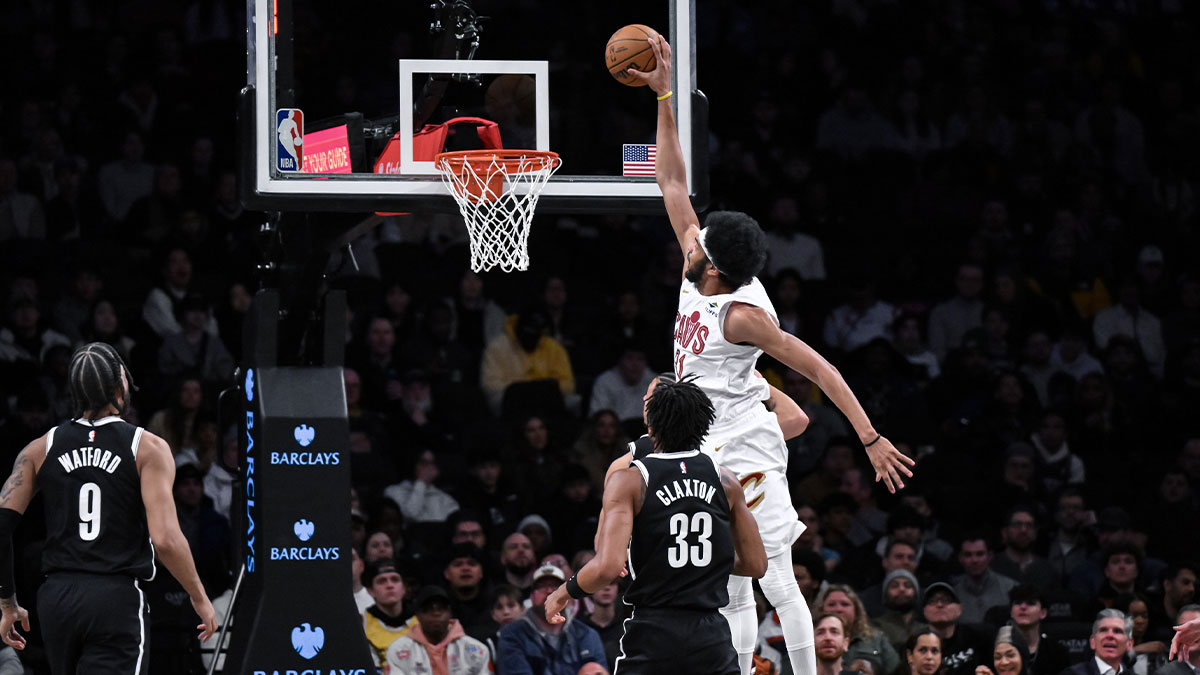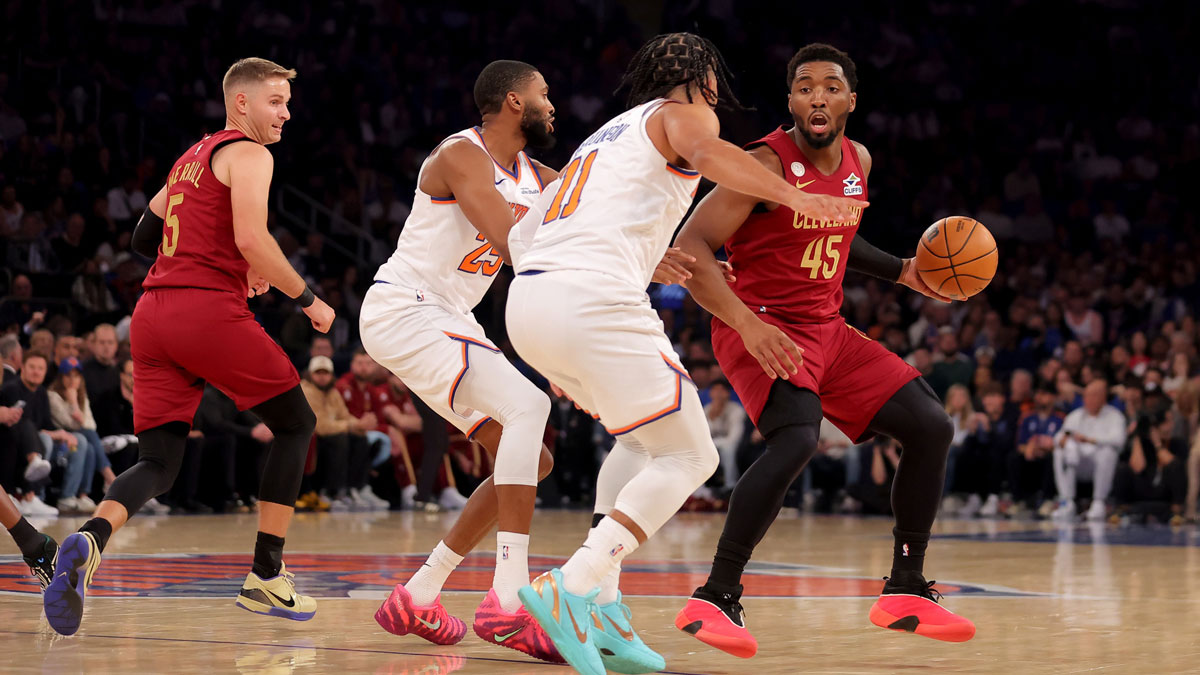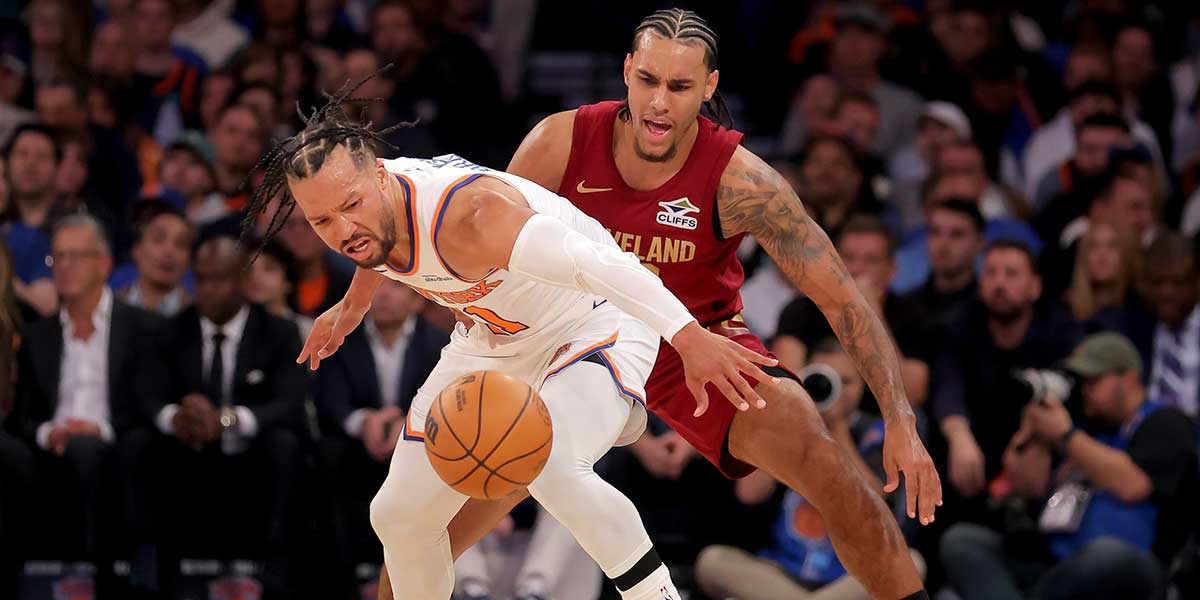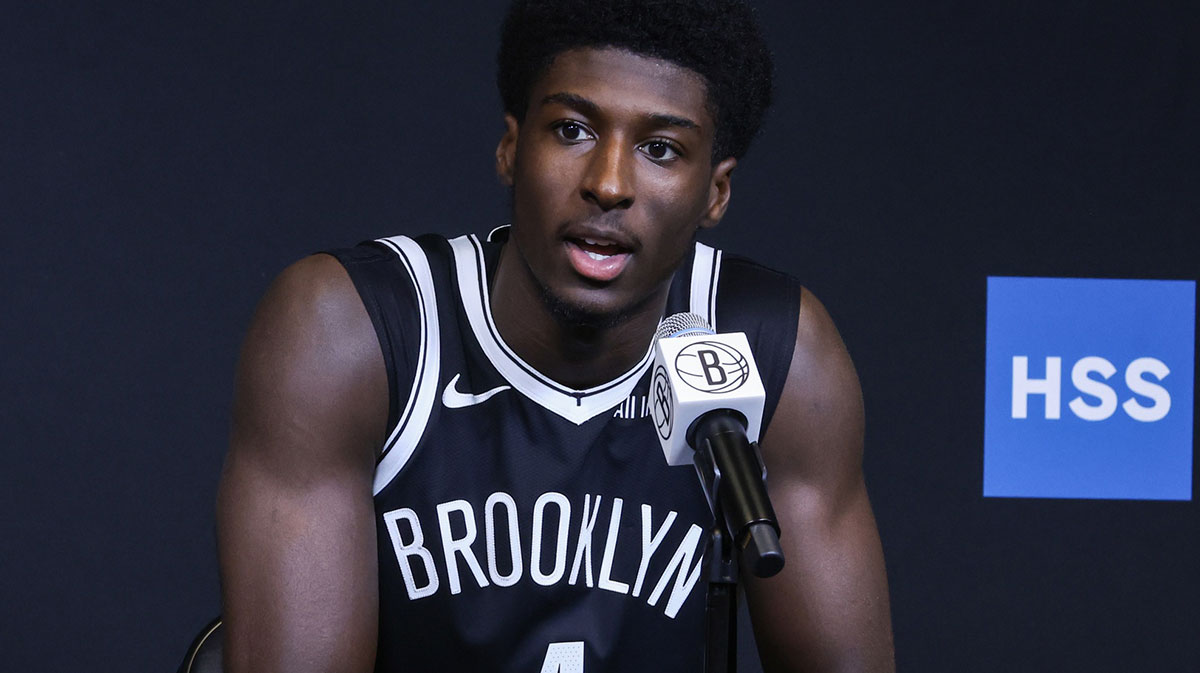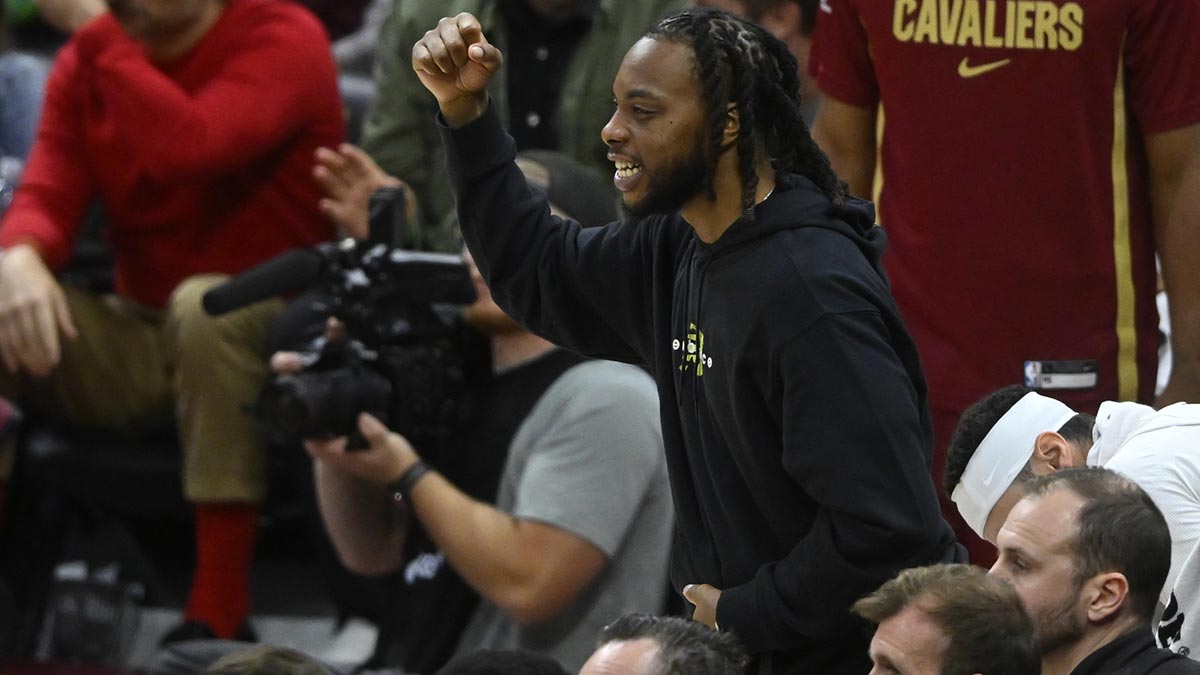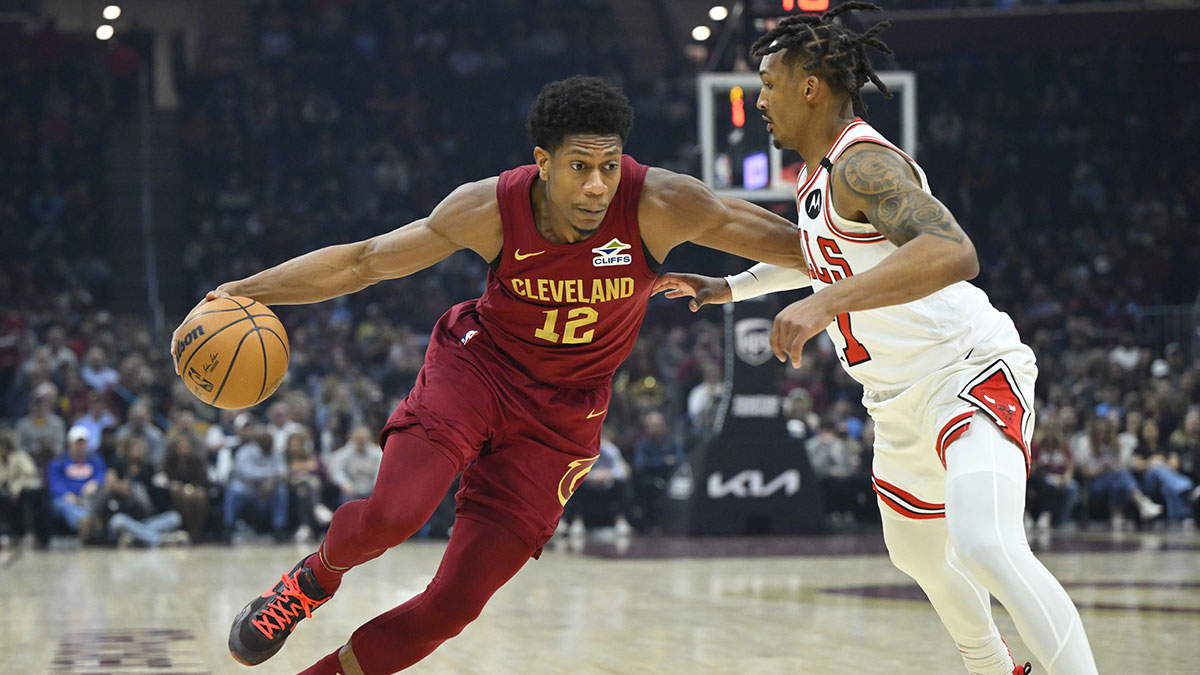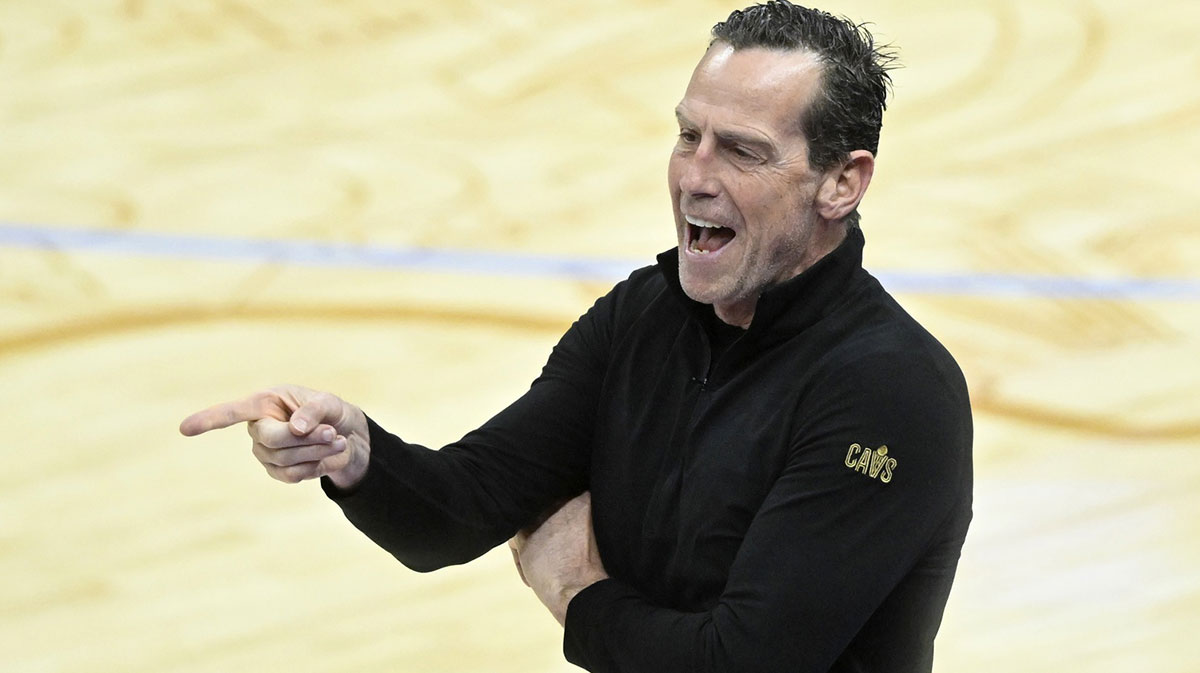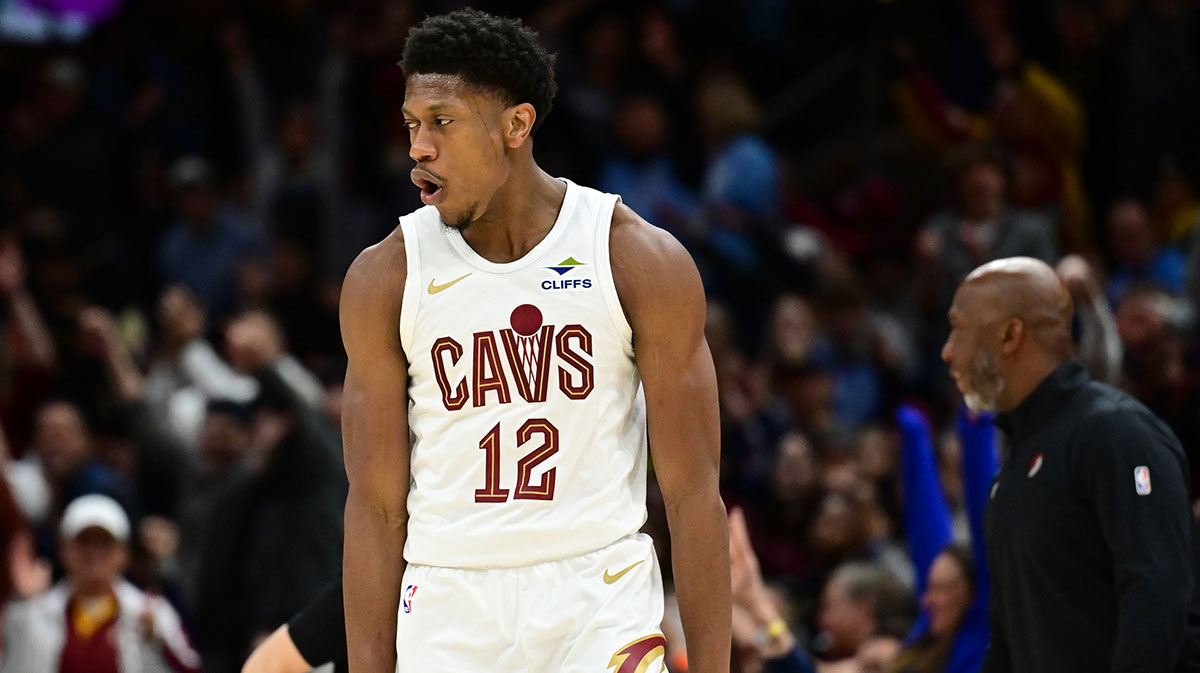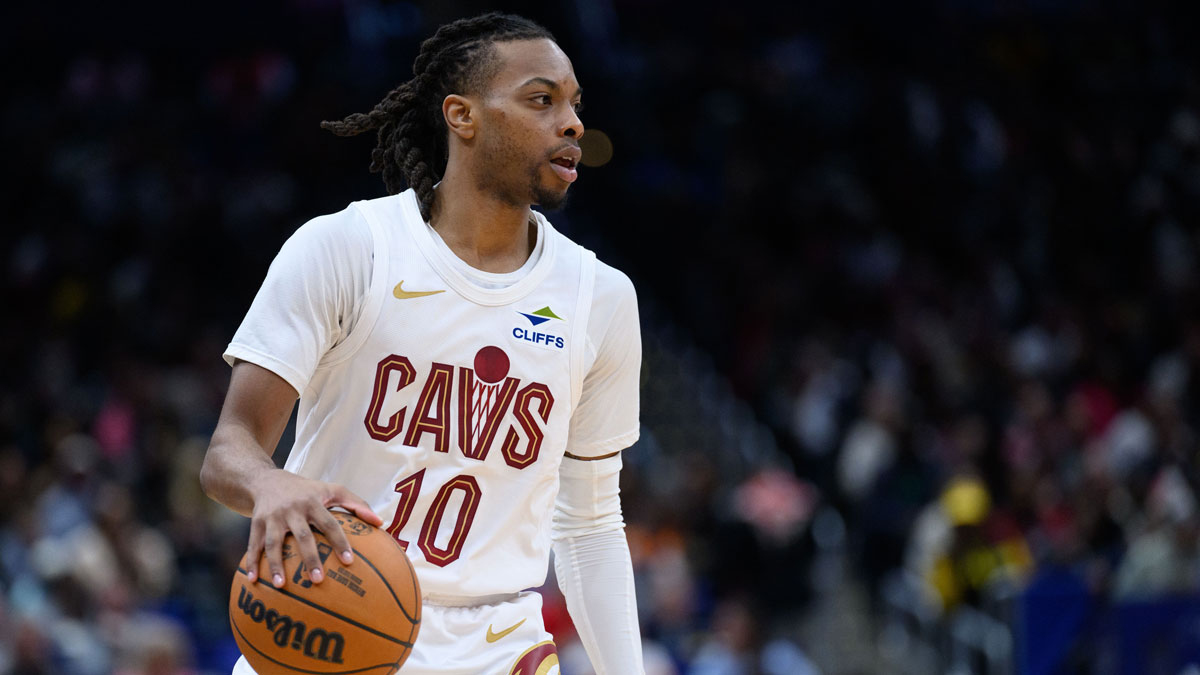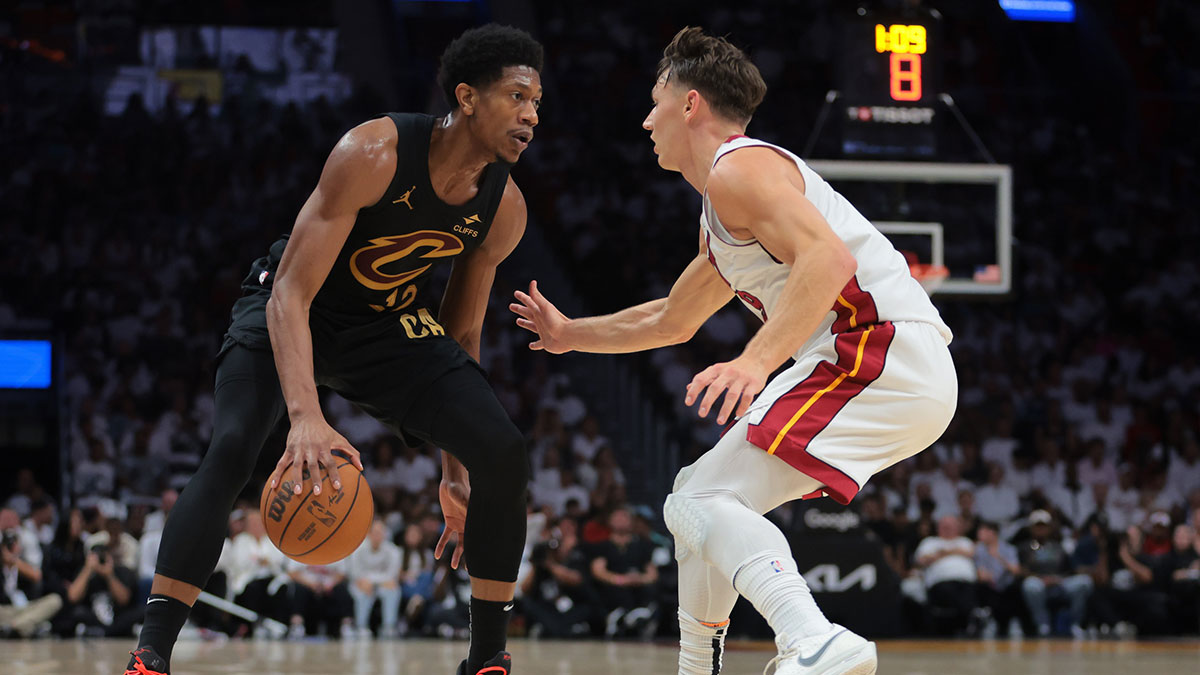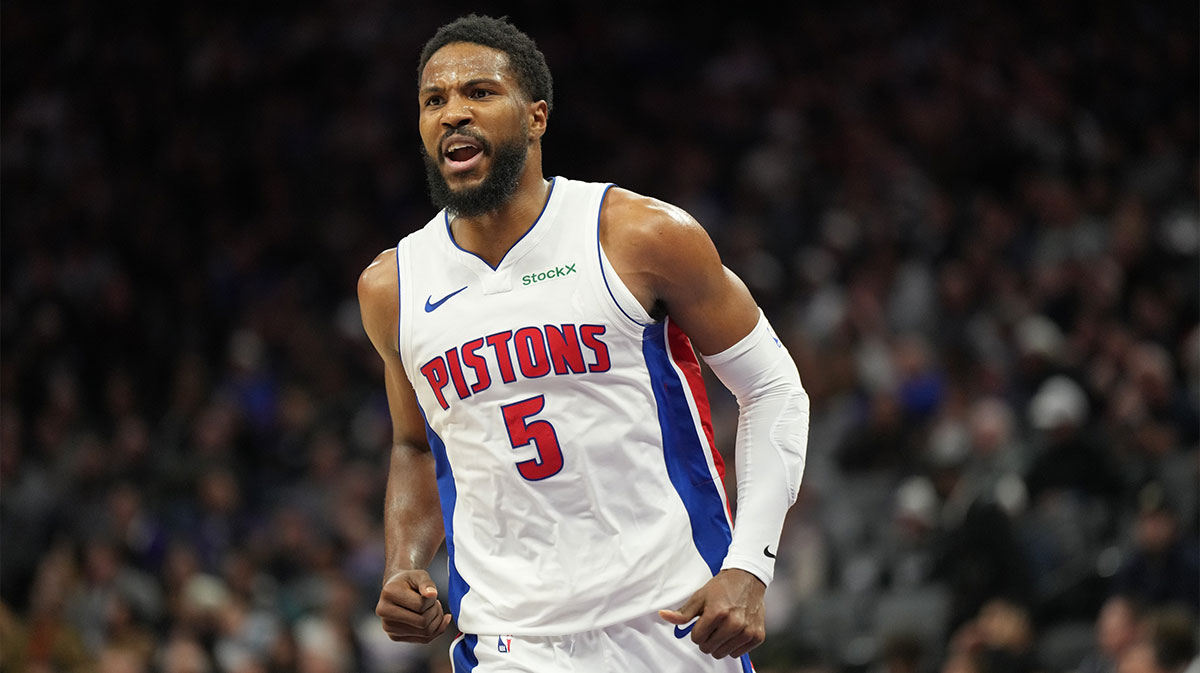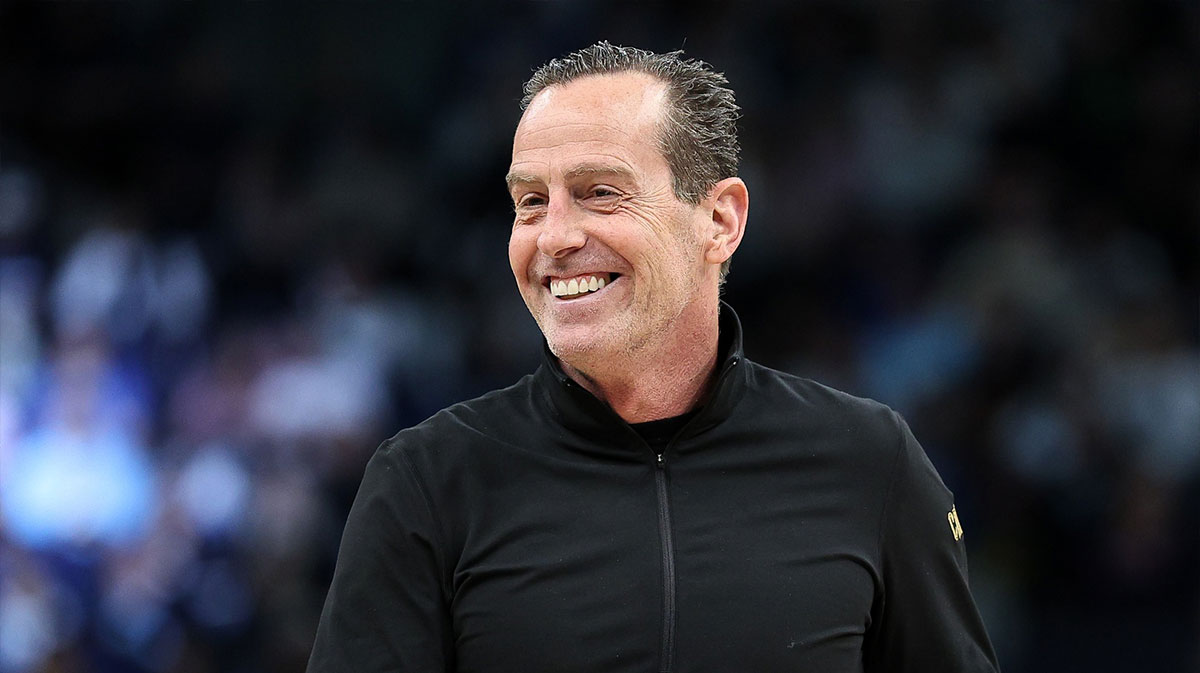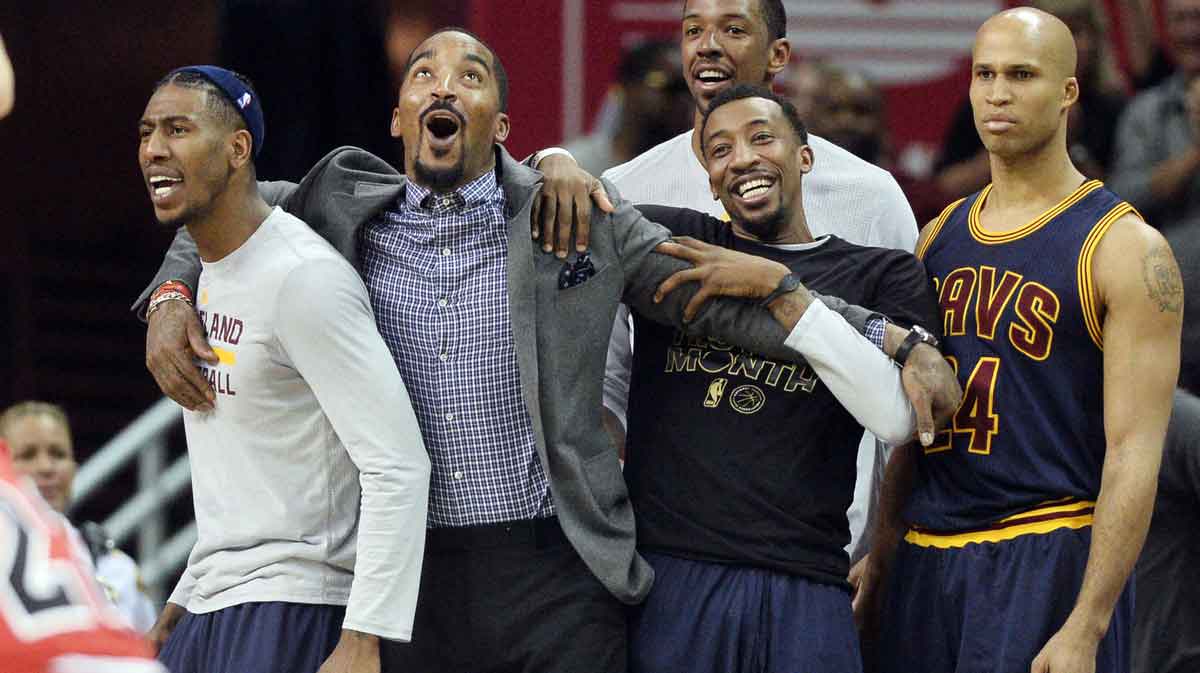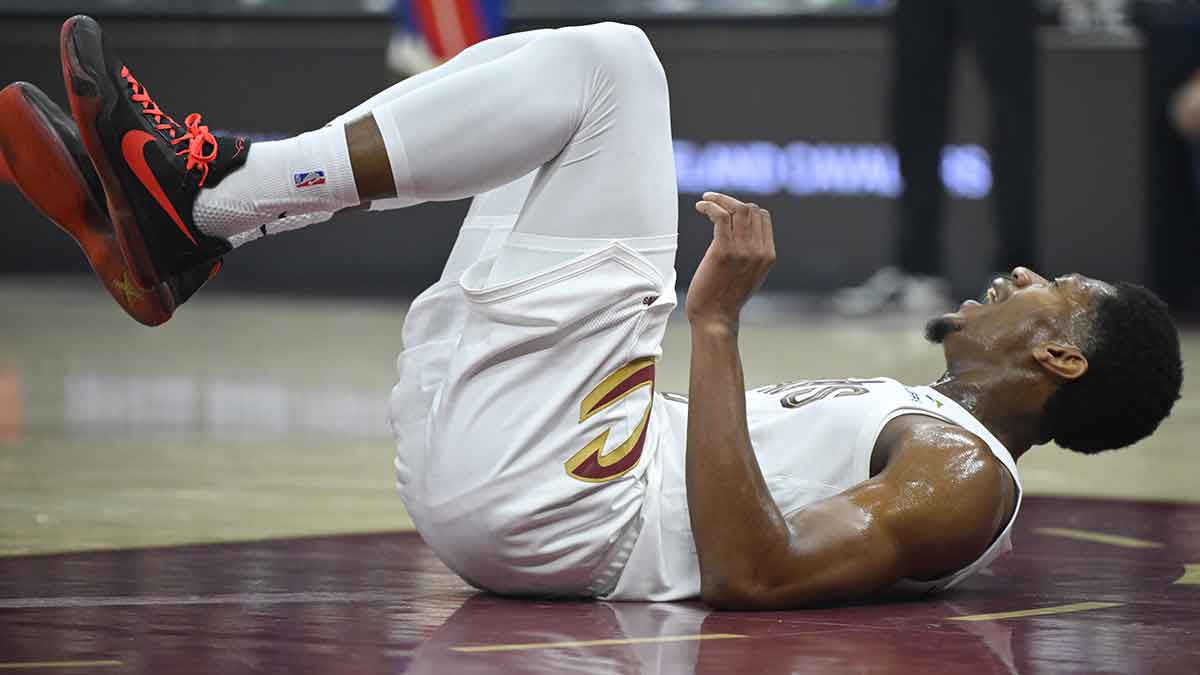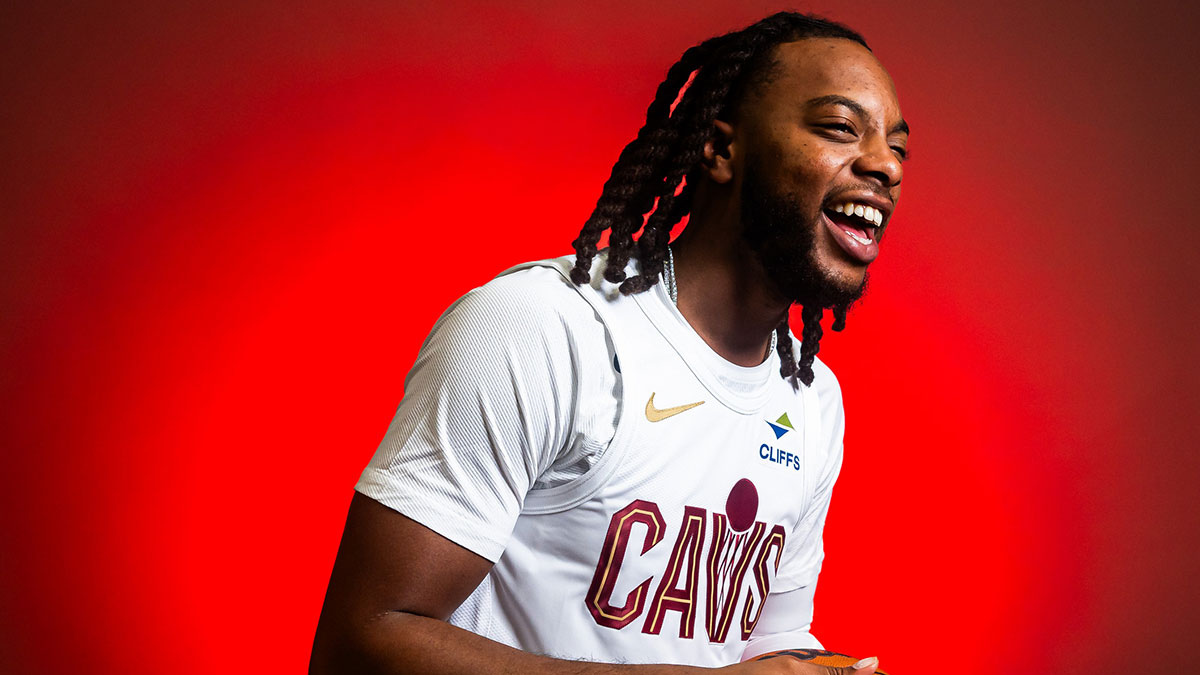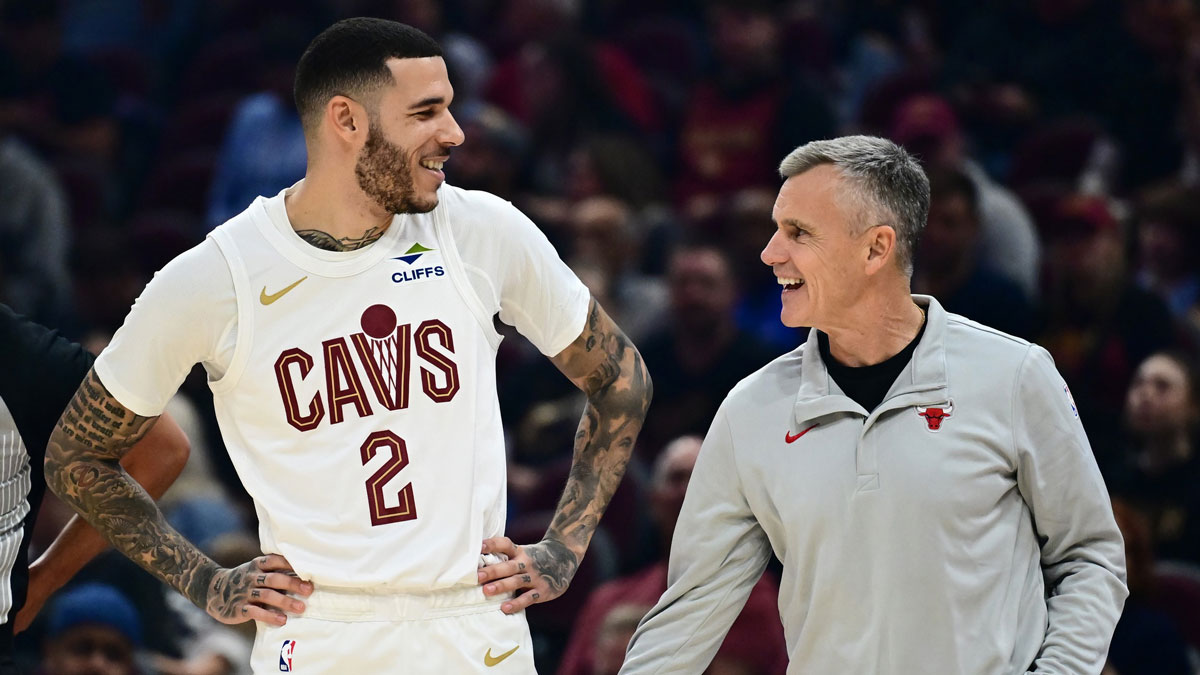Facing Al Horford one-on-one at the top of the key, LeBron James gave a slow right-to-left crossover through his legs to size his opponent up, then burst to his left for the right-handed layup. To see what hopes the Cleveland Cavaliers might have in the Finals, it's important to look at how the East was won.
The Boston Celtics fielded an elite defense all season with some similar attributes to the Golden State Warriors' own defense, right down to Al Horford as a reasonable (if lesser) facsimile of Draymond Green.
Switching defenses are designed to take away decisions that might lead to defensive breakdowns, keeping the number of defenders involved in one action to a minimum. LeBron James is a one-man solution to this. With his combination of size, speed, and skill, his isolations carry more force than anyone in the league, including James Harden. The Cavaliers capitalized on this by running screens to their preferred matchup and stationing LeBron at the elbows, where sending help gives James clear passing lanes.
Cleveland also showed sparks of life on the defensive end, double teaming Al Horford aggressively with the long-armed George Hill and forcing contested decisions and three-pointers with rotations.
The Houston Rockets provided a great challenge to the Golden State Warriors, taking them to seven games but wearing down in the second half of the last two. Between his points and assists, LeBron James accounted for 20 of the Cavaliers' 28 points in the fourth quarter of Game 7.
The Cavaliers don't bring the same defensive personnel as the Rockets had, but LeBron is enough to give Cleveland at least a foothold in the series.


